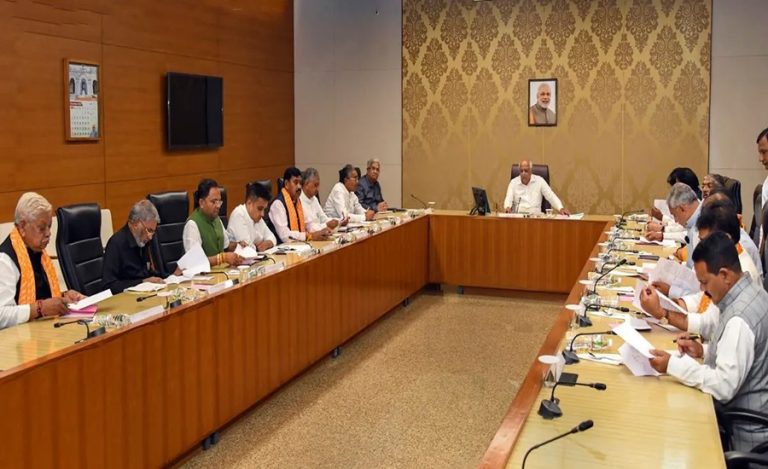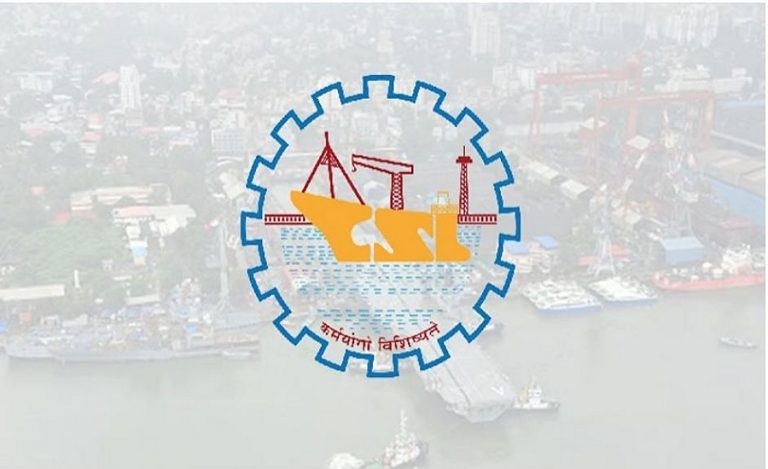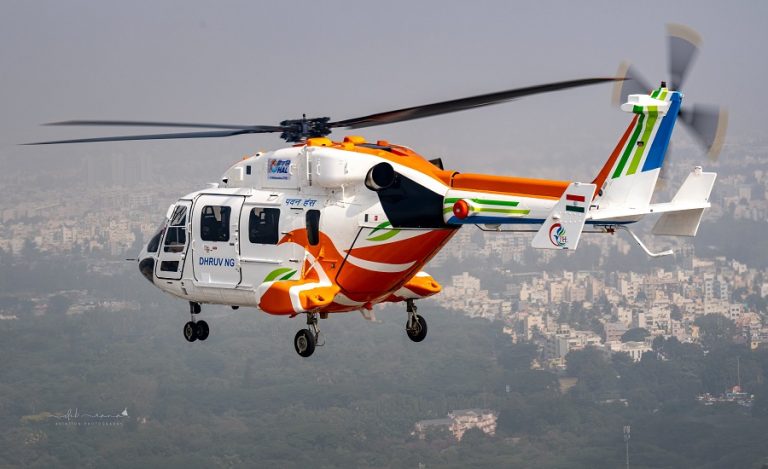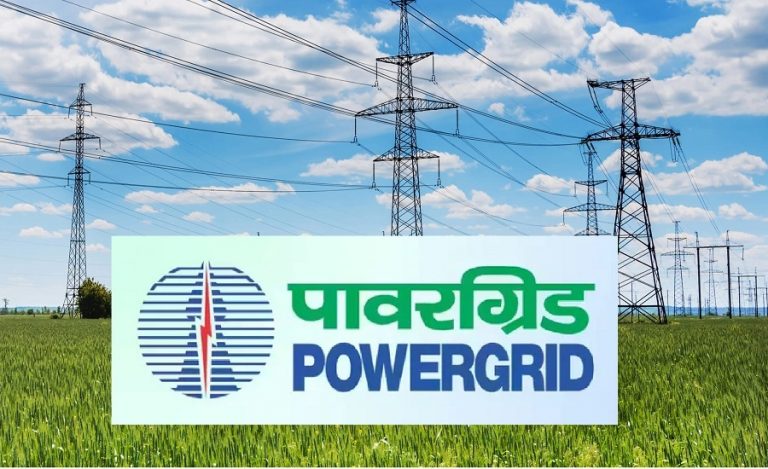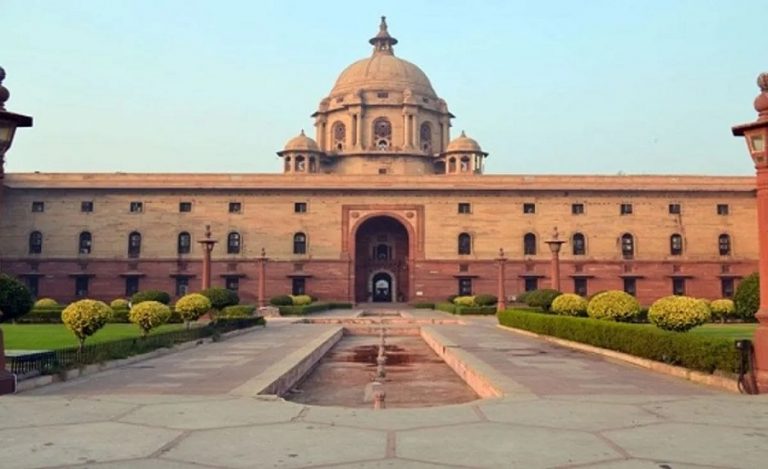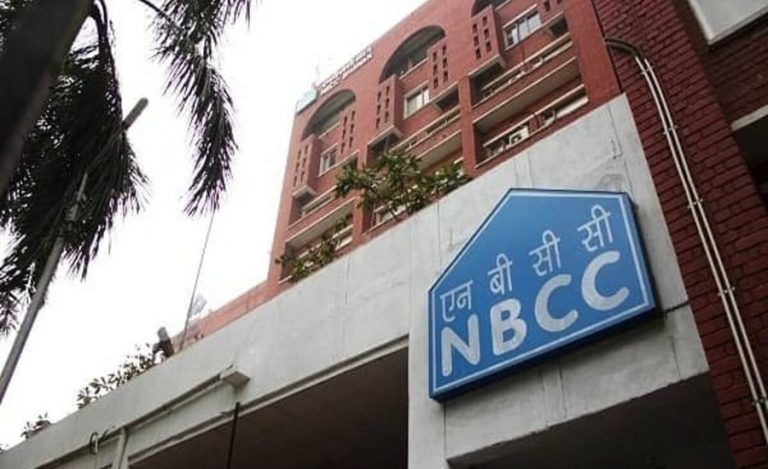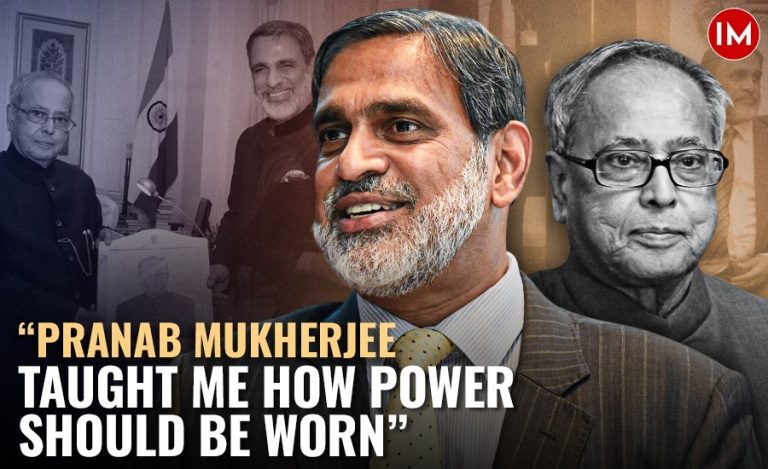New Delhi: India is advancing its most ambitious missile defence programme with Project Kusha, the technological backbone of Mission Sudarshan Chakra. The Defence Research and Development Organisation (DRDO) will begin trials of the M1 interceptor in 2026, followed by M2 and M3 variants in 2027–28.
Mission Sudarshan Chakra: India’s Shield and Sword
Prime Minister Narendra Modi announced Mission Sudarshan Chakra on Independence Day 2025. Unlike conventional defence systems, it combines both protection and counter-offensive capability. The mission is designed not only to neutralise incoming strikes but also to enable decisive retaliation.
Chief of Defence Staff General Anil Chauhan noted the challenge of integrating sensors, missiles, surveillance assets, and artificial intelligence across all domains from land, sea, air, space, and undersea. This layered structure positions Sudarshan Chakra as India’s most comprehensive defence vision.
Project Kusha: Building an Indigenous S-400 Alternative
Project Kusha, led by DRDO and Bharat Electronics Limited (BEL), will form the backbone of the new system. Designed as India’s indigenous equivalent to Russia’s S-400, it will provide long-range air defence comparable to advanced global systems such as Israel’s Iron Dome.
Three interceptor variants form the system’s core:
- M1 Interceptor (150 km): Trials begin in 2026. Features AESA seeker, infrared and RF guidance, and dual-pulse rocket motor. Capable of engaging stealth fighters, drones, cruise missiles, and precision weapons. Offers 90% kill probability, rising to 98.5% in salvo mode.
- M2 Interceptor (250 km): Trials in 2027. Extends engagement range with enhanced booster stages, while retaining M1’s 250 mm kill vehicle.
- M3 Interceptor (350 km): Planned for 2028. Longest-range variant, built for countering high-value, long-distance aerial threats.
The Defence Ministry has allocated ₹21,700 crore for five squadrons. BEL expects orders worth up to ₹40,000 crore if chosen as lead integrator.
Indigenous Air Defence Validation
India’s Integrated Air Defence Weapon System (IADWS) showcased success on August 23, 2025, by neutralising three aerial targets, including UAVs and drones. It employed QRSAM, VSHORADS, and a directed-energy weapon in simultaneous strikes. This validation boosts confidence in India’s layered air defence capabilities.
Advancing Ballistic Missile Defence
India’s missile defence architecture follows a two-phase model. Phase I addresses ballistic threats up to 2,000 km using the PAD interceptor for exo-atmospheric and the AAD for endo-atmospheric engagements. Deployment around Delhi awaits approval.
Phase II extends to threats up to 5,000 km. The AD-1 interceptor, tested in July 2024, can neutralise medium- to long-range missiles. The AD-2, under development, will counter intercontinental ballistic missiles (ICBMs) beyond 5,000 km.
Roadmap for National Defence Shield
- 2025–2026: DRDO and BEL to complete M1 interceptor prototype.
- 2027–2028: Trials of M2 and M3, alongside full-scale user tests for Project Kusha.
- 2028–2030: Induction of interceptors into Indian Air Force and Navy.
- 2030–2035: Expansion to protect cities, bases, refineries, heritage sites, and energy infrastructure.
- 2035: Nationwide missile shield achieves full operational status.
Strategic Impact
Mission Sudarshan Chakra, anchored by Project Kusha, will reshape India’s defence posture. By 2035, India aims to operate a fully indigenous, multi-layered missile shield. This will secure critical national assets, enhance deterrence against adversaries, and reinforce India’s position as a leader in global missile defence technology.



